24 Futuristic Cities That Will Make You Question What Year It Is
As the world hurtles toward a hyper-connected future, cities are no longer just centers of commerce and culture—they’re becoming bold experiments in innovation, sustainability, and design. Once confined to the pages of science fiction, the “smart city” has evolved from futuristic fantasy into everyday reality. Around the globe, urban landscapes are being reimagined with advanced technology, renewable energy, autonomous transit, and AI-driven infrastructure, all designed to enhance the quality of life for future generations. In this expanded exploration, we spotlight 24 groundbreaking cities that are shaping what urban life might look like in 2050 and beyond. These forward-thinking hubs aren't just adapting to the future—they’re building it. From solar-powered city grids and green skyscrapers to underwater hotels and data-powered governance, each of these places offers a thrilling look at how innovation is redefining what it means to live, work, and thrive in the cities of tomorrow.
1. Singapore: The Smart Nation
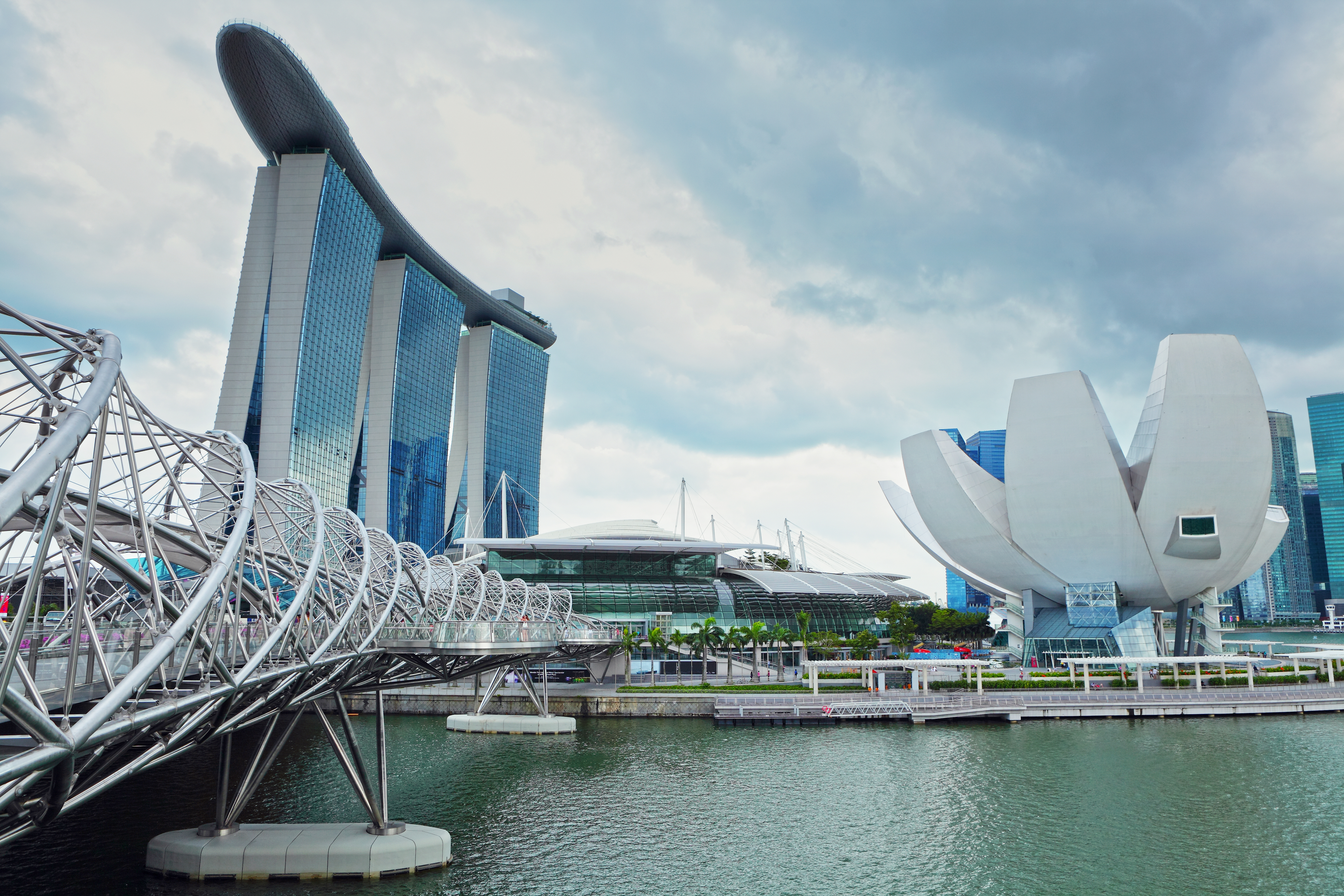
Singapore is often heralded as the epitome of a smart nation, where technology and governance seamlessly blend to create a highly efficient urban environment. The city-state's Smart Nation initiative is a comprehensive strategy that leverages data and digital technology to improve everything from healthcare to transportation. With its extensive network of sensors and cameras, Singapore collects real-time data to enhance public services and ensure safety. The city is also a pioneer in autonomous vehicles, with trials for driverless buses and taxis already underway. Moreover, Singapore's commitment to sustainability is evident in its vertical gardens and energy-efficient buildings, making it a model for urban centers worldwide aiming to reduce their carbon footprint.
2. Tokyo: The Robotics Capital
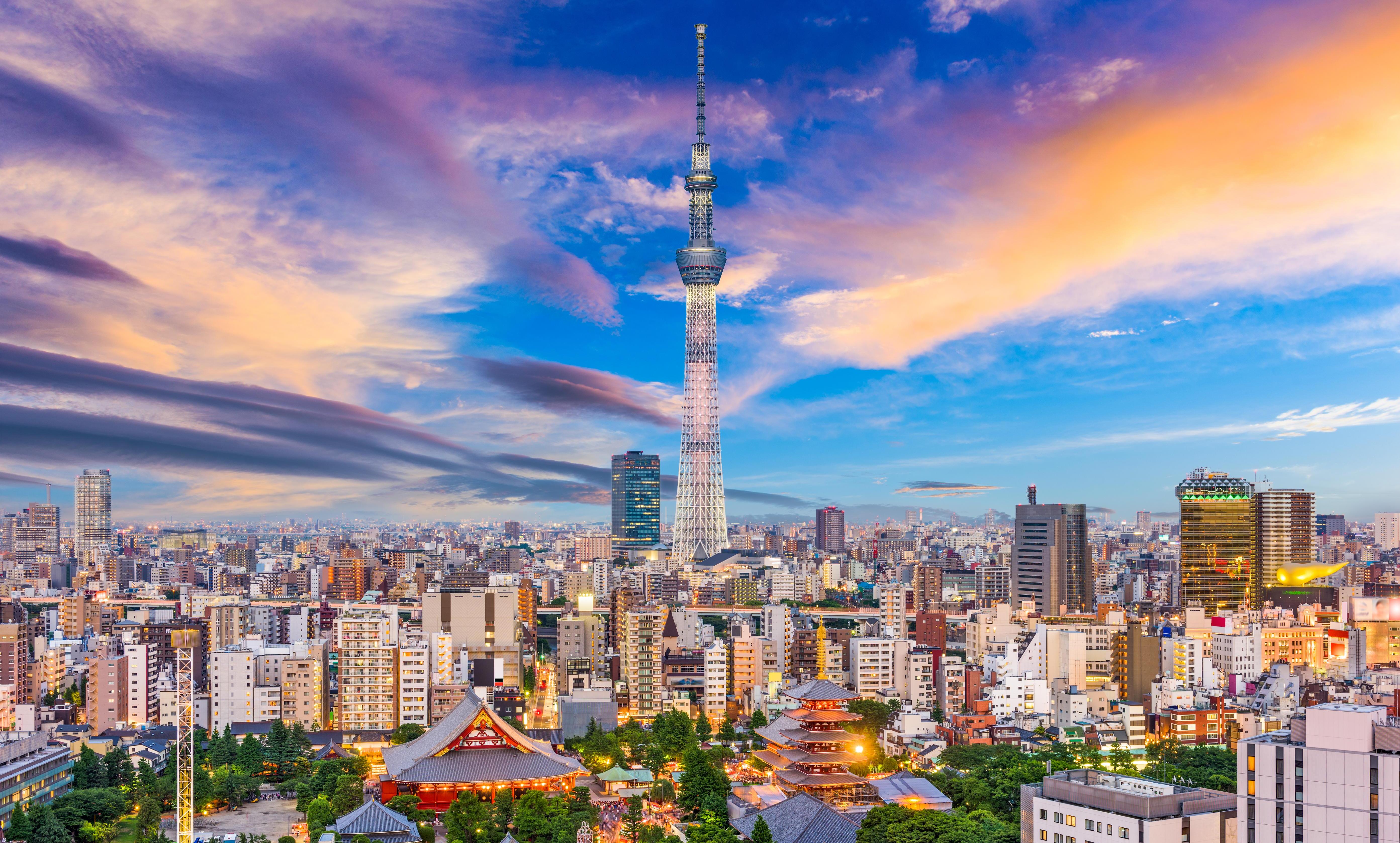
Tokyo stands at the forefront of robotics and artificial intelligence, integrating these technologies into everyday life. The city's commitment to automation is evident in its public and private sectors, where robots assist in everything from customer service to elder care. Tokyo's transportation system is a marvel of efficiency, with high-speed trains and automated ticketing systems that minimize human error. The city is also exploring the use of drones for delivery services, aiming to revolutionize logistics. Tokyo's embrace of technology is not just about convenience; it is about addressing the challenges of an aging population and ensuring that all citizens can enjoy a high quality of life.
3. Dubai: The Visionary Desert Metropolis
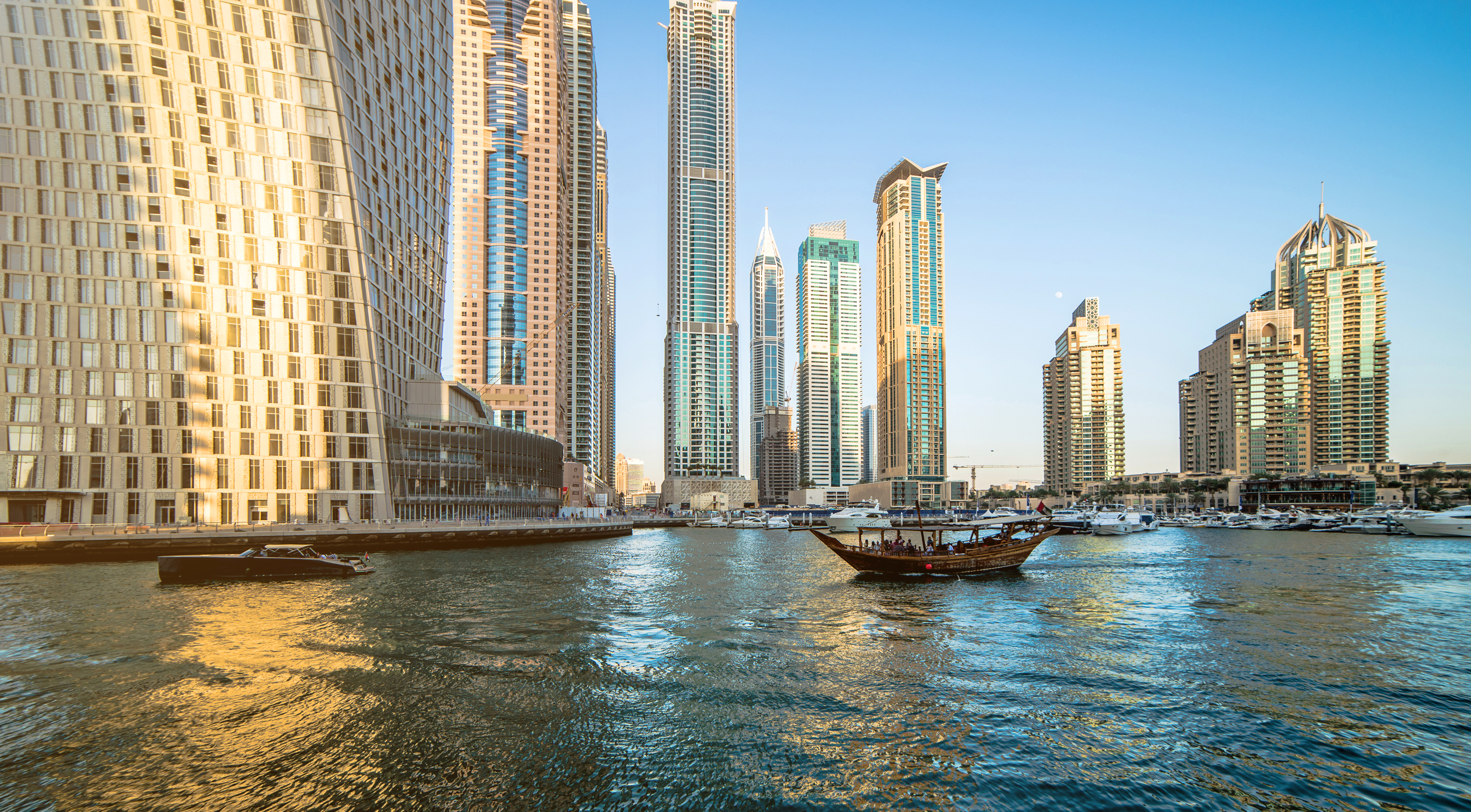
Dubai is synonymous with ambition and innovation, constantly pushing the boundaries of what a city can achieve. From its iconic skyline to its groundbreaking infrastructure projects, Dubai is a testament to human ingenuity. The city's Smart Dubai initiative aims to transform it into the happiest city on earth by 2021, utilizing blockchain technology to streamline government services and enhance transparency. Dubai's commitment to sustainability is evident in its investment in solar energy and plans for a fully autonomous public transportation system by 2030. This desert metropolis is not only a hub for business and tourism but also a leader in creating a sustainable urban future.
4. Helsinki: The Pioneer of Open Data
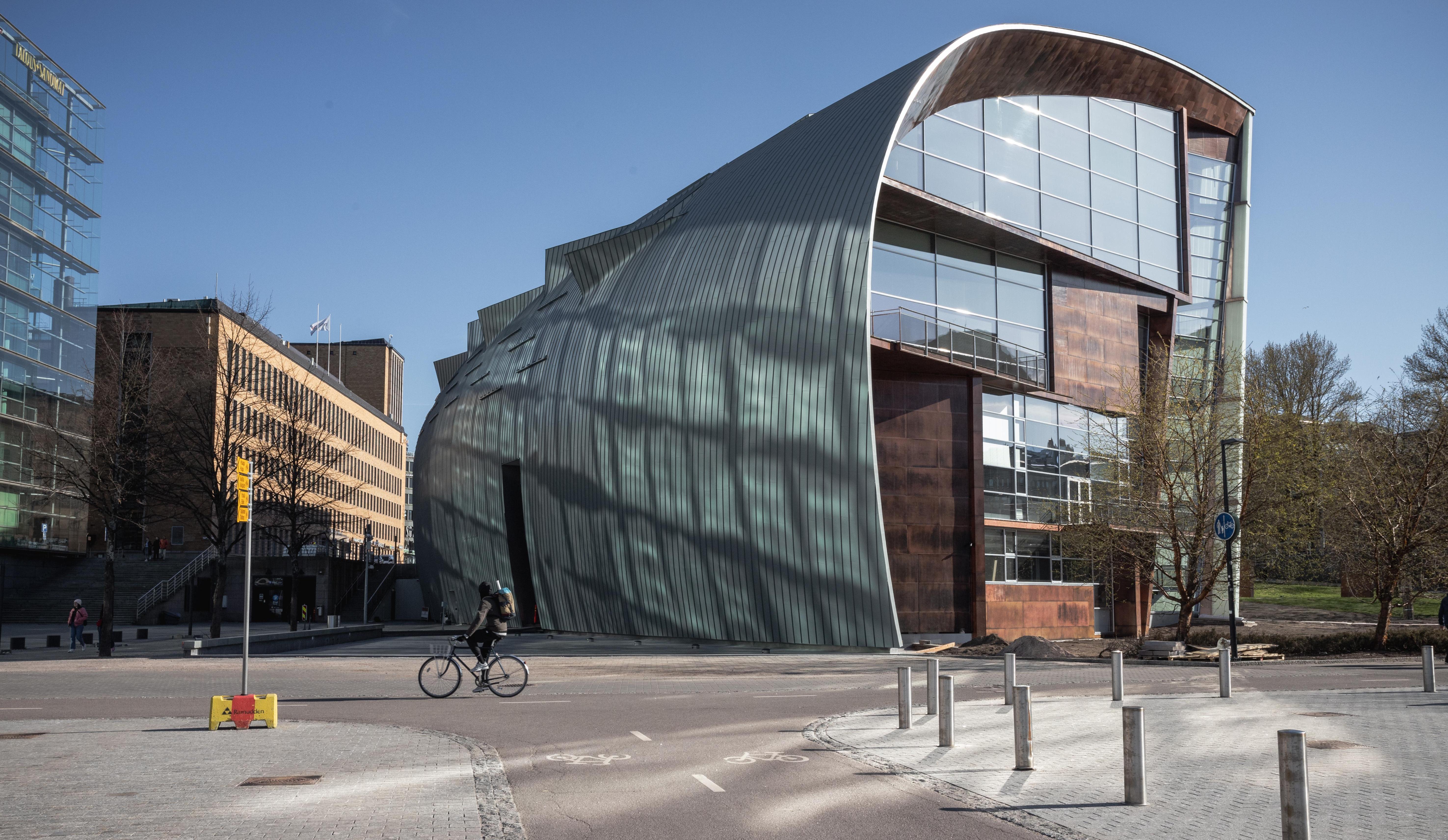
Helsinki is at the forefront of the open data movement, providing citizens with access to a wealth of information to foster innovation and transparency. The city's open data portal includes datasets on transportation, healthcare, and education, empowering developers and entrepreneurs to create solutions that enhance urban living. Helsinki's commitment to sustainability is evident in its ambitious carbon neutrality target, aiming to achieve this goal by 2035 through renewable energy and energy-efficient buildings. The city's focus on education and technology has also made it a hub for startups, attracting talent from around the world to contribute to its vibrant tech ecosystem.
5. Songdo: The Ubiquitous City
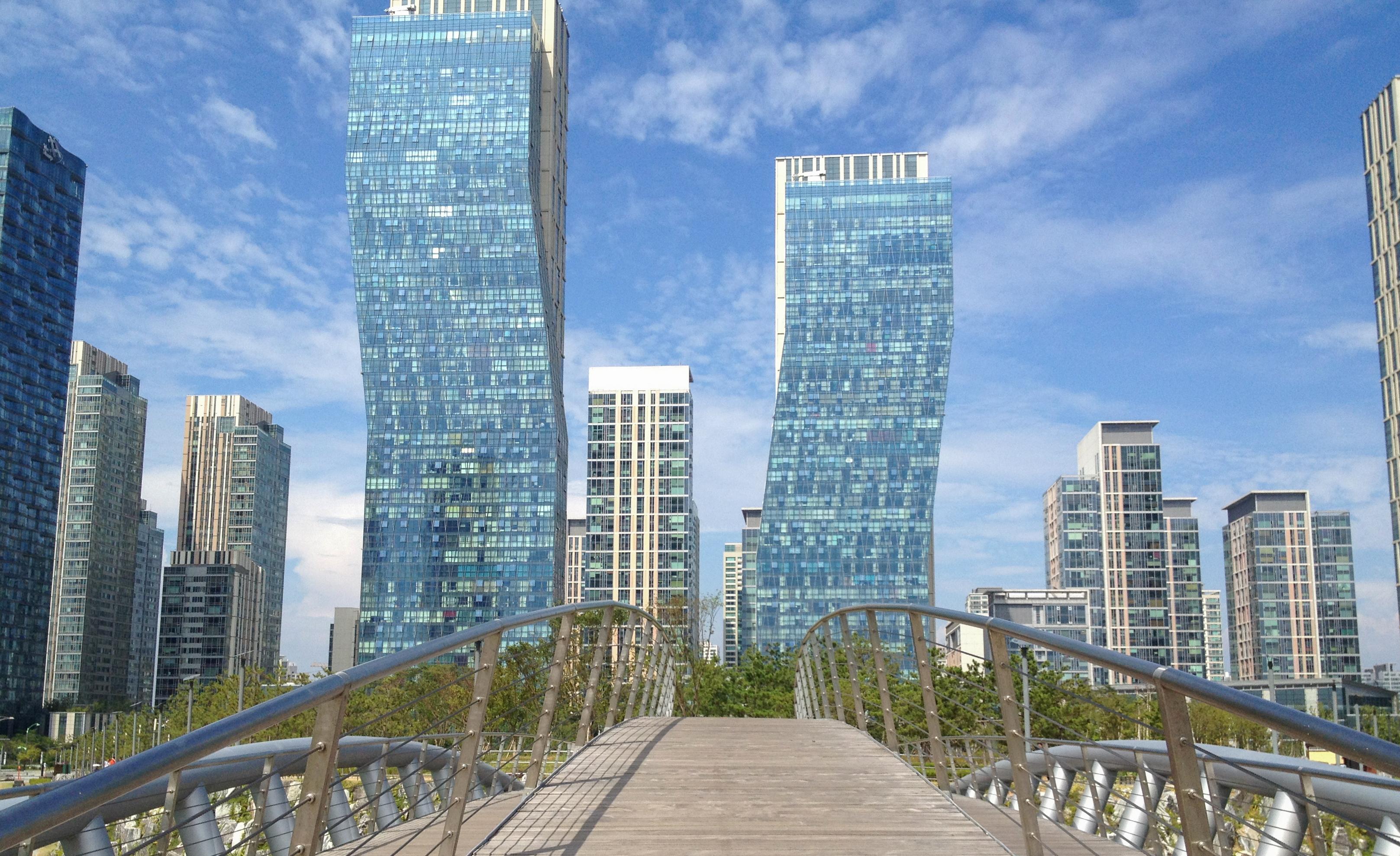
Songdo, South Korea, is a city built from the ground up to embody the principles of a smart city. Often referred to as the "Ubiquitous City," Songdo integrates technology into every aspect of urban life. Homes and offices are equipped with smart sensors that monitor energy usage, while the city's waste management system uses pneumatic tubes to transport trash directly from buildings to processing centers. Songdo's extensive network of bike paths and pedestrian walkways encourages sustainable transportation, while its central park provides a green oasis in the heart of the city. As a model for future urban development, Songdo demonstrates how technology can create a more efficient and sustainable urban environment.
6. Masdar City: The Zero Carbon Dream
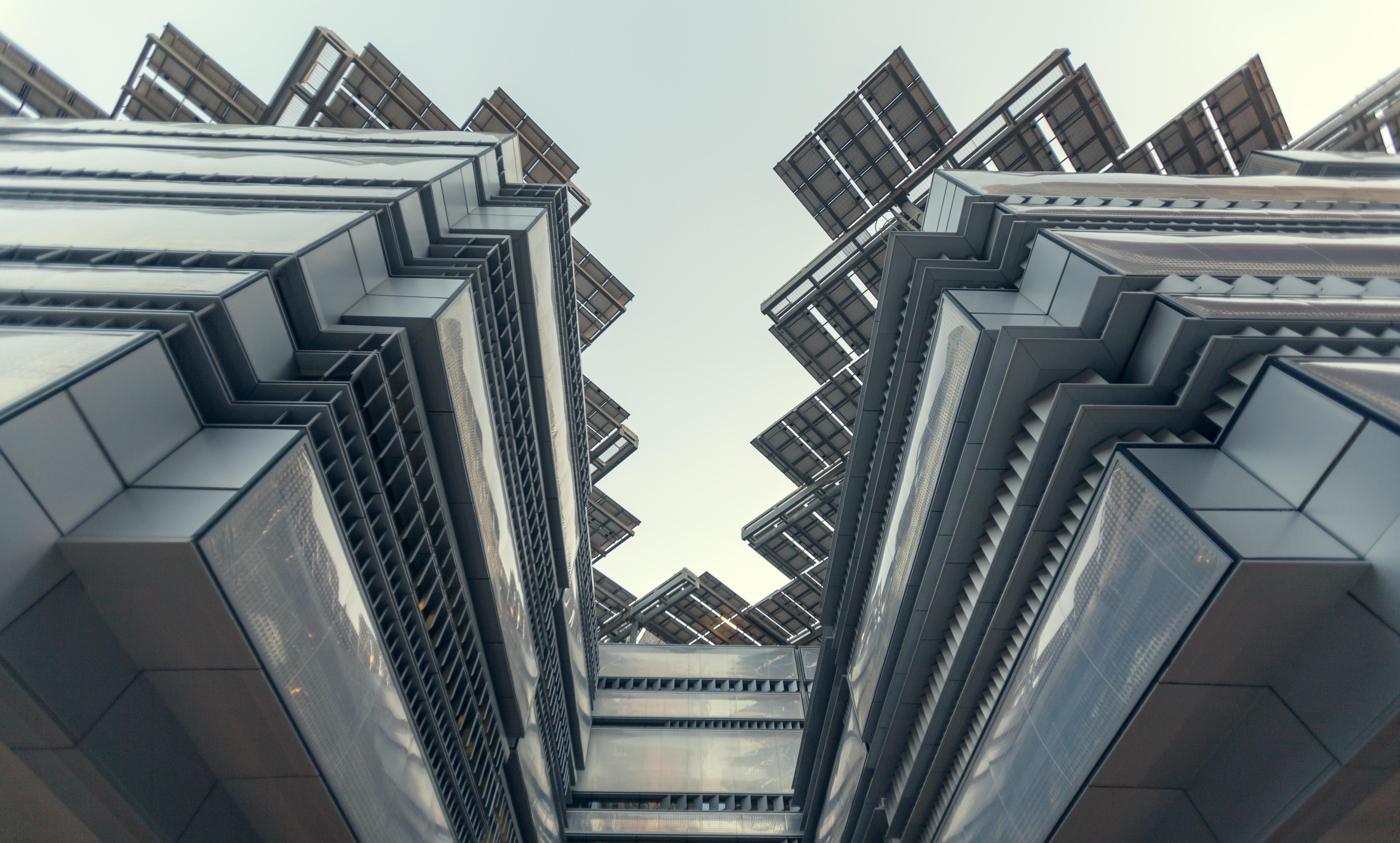
Masdar City in the United Arab Emirates is a bold experiment in sustainable urban design. Conceived as a zero-carbon city, Masdar aims to be a blueprint for sustainable living in the harsh desert climate. The city relies on renewable energy sources, such as solar and wind, to power its buildings and infrastructure. Masdar's design incorporates traditional Arabic architectural elements to provide natural cooling and reduce energy consumption. The city's transportation system includes electric vehicles and driverless pods, minimizing the need for fossil fuels. Masdar City is a testament to the potential of sustainable urban design, offering a glimpse into a future where cities can thrive without compromising the environment.
7. Amsterdam: The Bicycle Capital
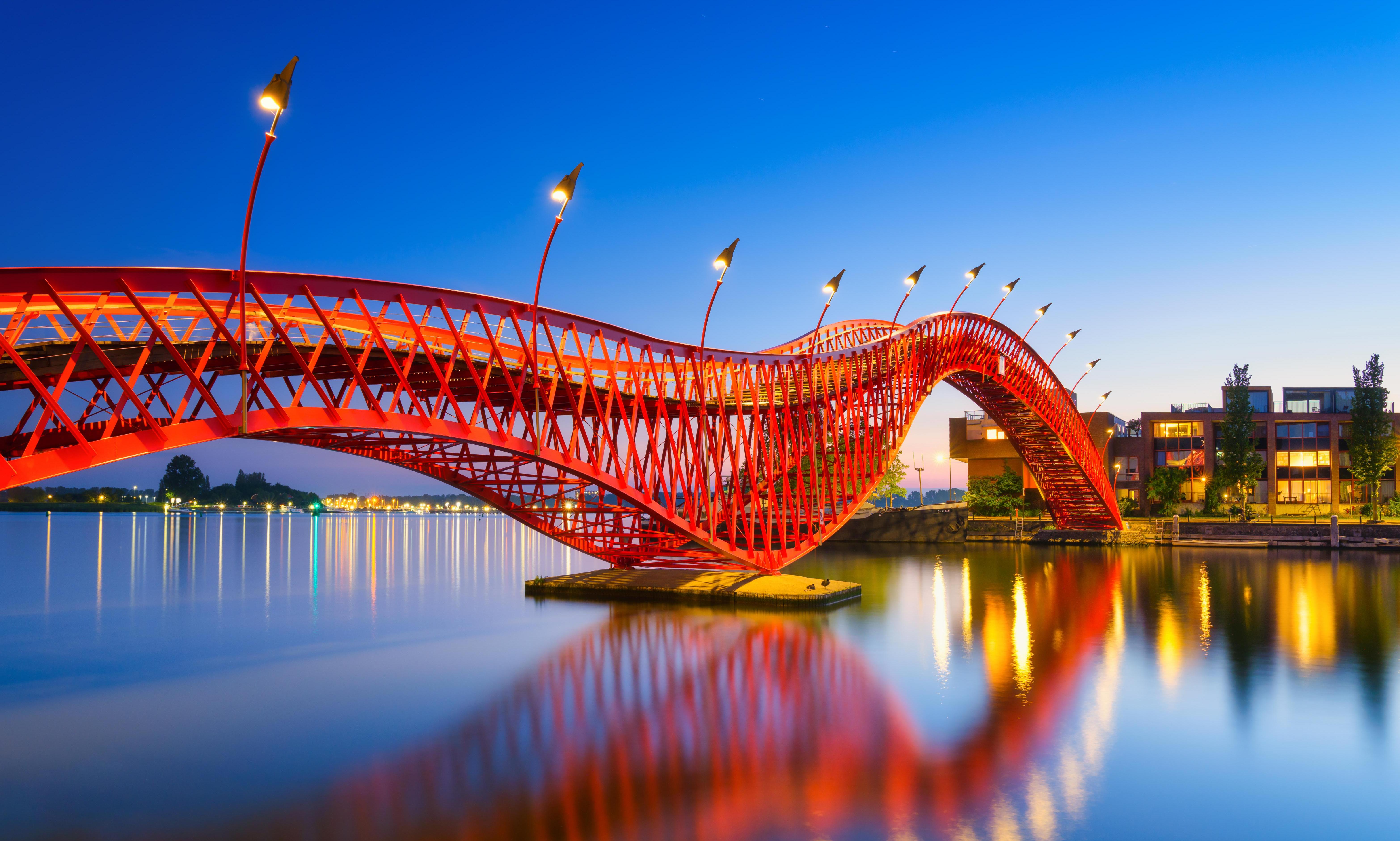
Amsterdam is renowned for its commitment to sustainable transportation, with bicycles playing a central role in the city's mobility strategy. The city's extensive network of bike lanes and parking facilities makes cycling a convenient and efficient mode of transport. Amsterdam's focus on sustainability extends beyond transportation, with initiatives to reduce energy consumption and promote green building practices. The city's smart grid technology allows for real-time monitoring of energy usage, helping residents and businesses minimize their carbon footprint. As a leader in urban sustainability, Amsterdam demonstrates that a commitment to green living can coexist with a vibrant and dynamic urban environment.
8. Barcelona: The Urban Lab
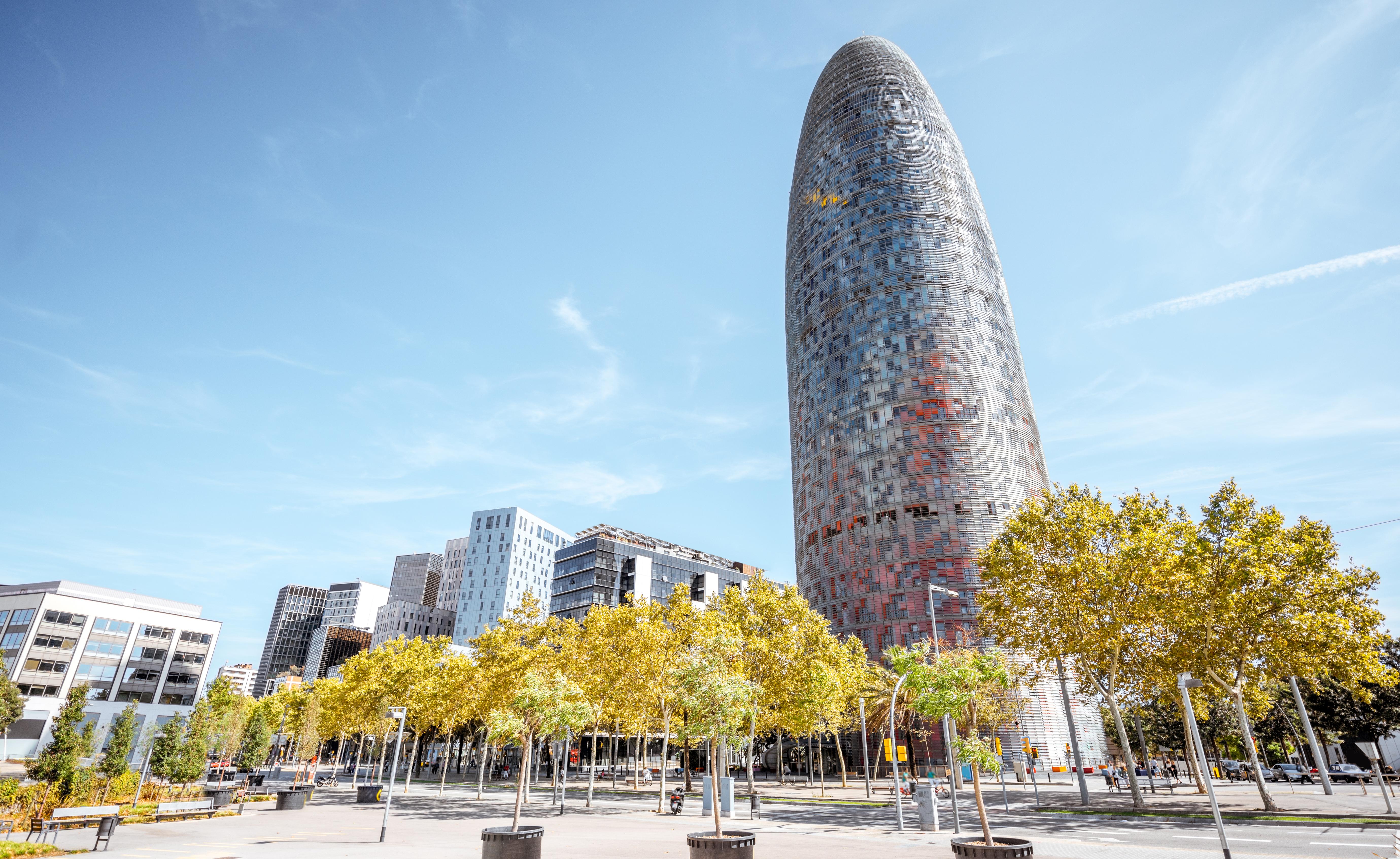
Barcelona is a living laboratory for urban innovation, where technology and creativity converge to create a vibrant and sustainable city. The city's Smart City strategy focuses on leveraging technology to improve the quality of life for its residents, with projects ranging from smart lighting to digital citizen engagement platforms. Barcelona's commitment to sustainability is evident in its investment in renewable energy and green infrastructure, such as green roofs and urban forests. The city's focus on innovation extends to its thriving startup ecosystem, attracting entrepreneurs and investors from around the world. As a hub for creativity and technology, Barcelona is shaping the future of urban living.
9. San Francisco: The Tech Epicenter
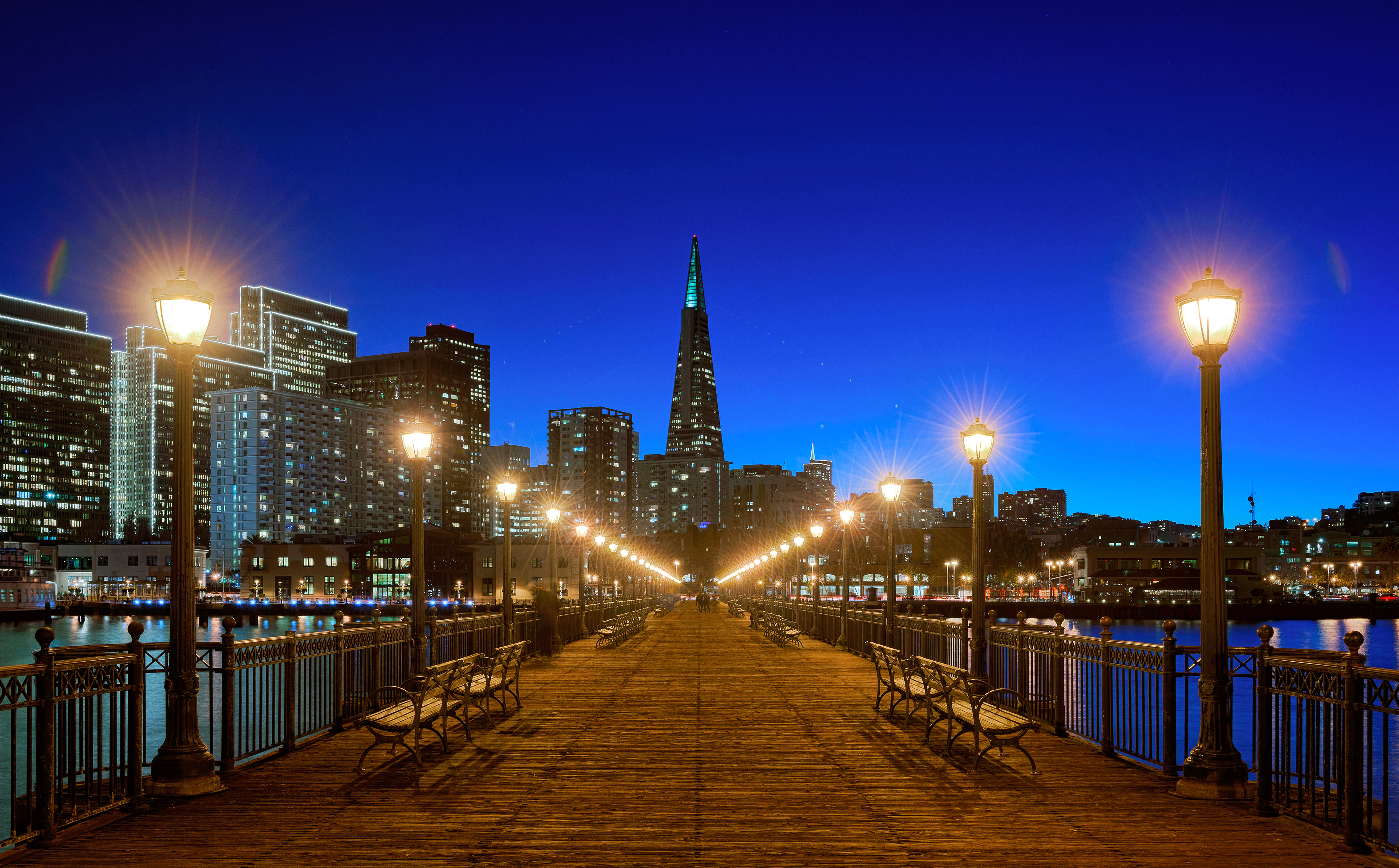
San Francisco is synonymous with innovation, home to some of the world's most influential tech companies and startups. The city's embrace of technology is evident in its transportation systems, with electric buses and ride-sharing platforms reducing congestion and emissions. San Francisco's commitment to sustainability is reflected in its ambitious climate action plan, aiming to achieve net-zero emissions by 2050. The city's focus on technology extends to its public services, with initiatives to improve digital access and enhance government transparency. As a leader in tech innovation, San Francisco is paving the way for a future where technology and sustainability go hand in hand.
10. Toronto: The Quayside Project
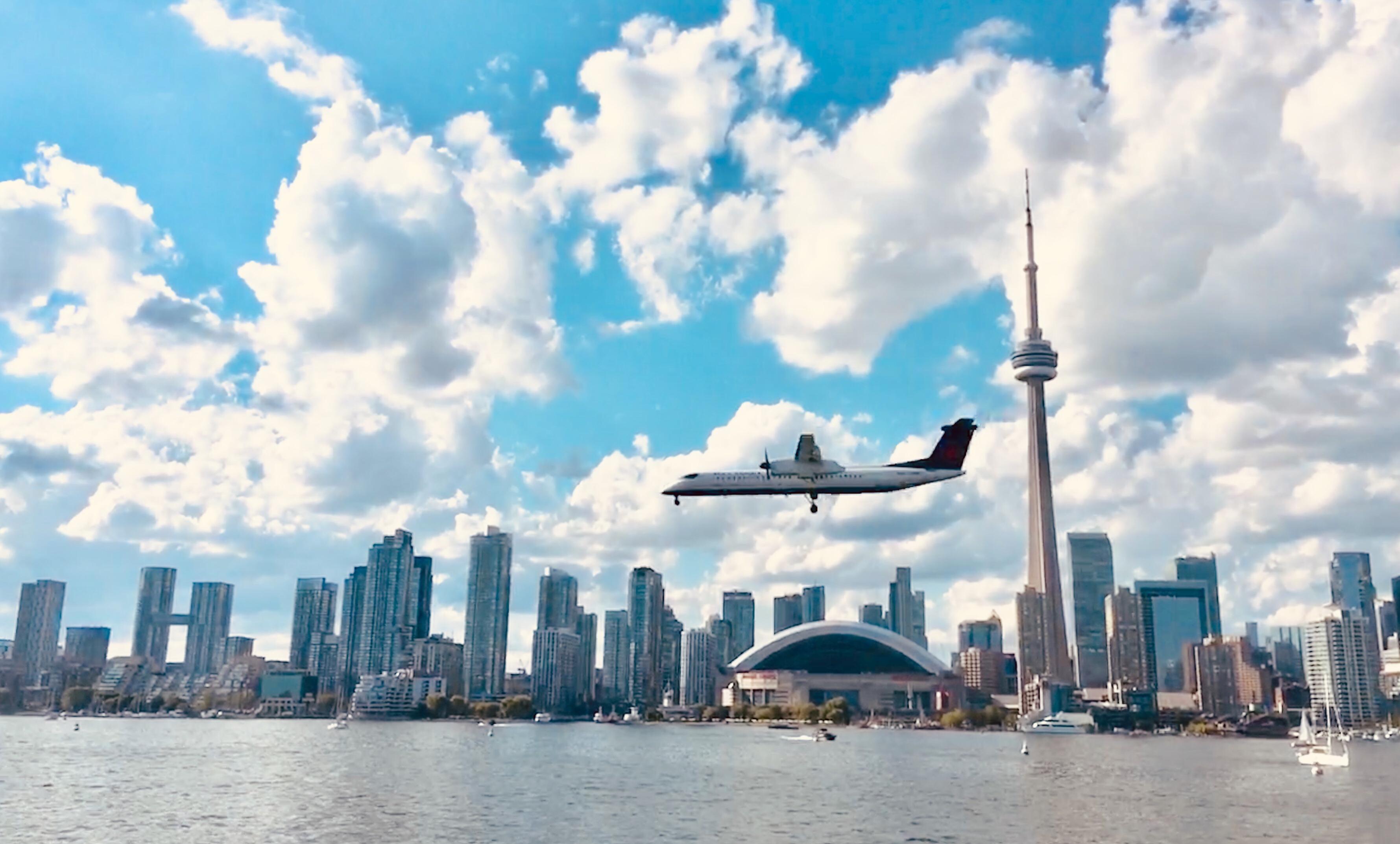
Toronto's Quayside project is a bold experiment in urban innovation, aiming to create a smart neighborhood that leverages technology to improve the quality of life for its residents. The project focuses on sustainability, with plans for energy-efficient buildings and green infrastructure. Quayside's transportation system will prioritize walking, cycling, and public transit, reducing reliance on cars and minimizing emissions. The project's emphasis on digital connectivity will ensure that residents have access to high-speed internet and smart home technology. As a model for future urban development, Quayside demonstrates how technology can create a more sustainable and livable urban environment.
11. Curitiba: The Eco-City
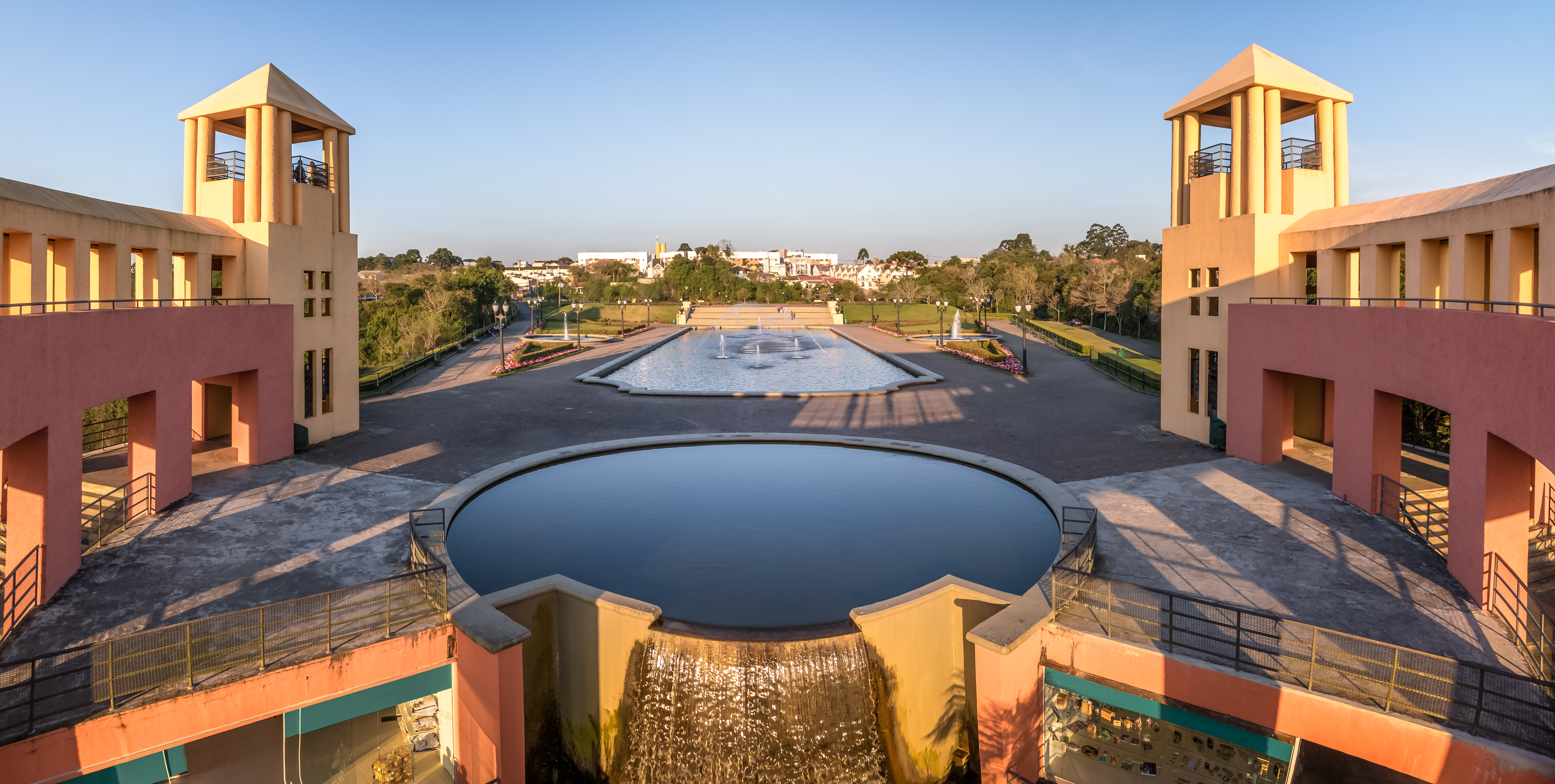
Curitiba, Brazil, is often hailed as a model for sustainable urban planning, with a focus on public transportation and green spaces. The city's innovative bus rapid transit system has been replicated in cities around the world, providing an efficient and affordable alternative to cars. Curitiba's commitment to sustainability extends to its waste management system, with programs to promote recycling and reduce landfill waste. The city's extensive network of parks and green spaces provides residents with access to nature, enhancing the quality of life in this bustling metropolis. As a leader in sustainable urban planning, Curitiba demonstrates that a commitment to the environment can coexist with urban growth.
12. Stockholm: The Green Capital
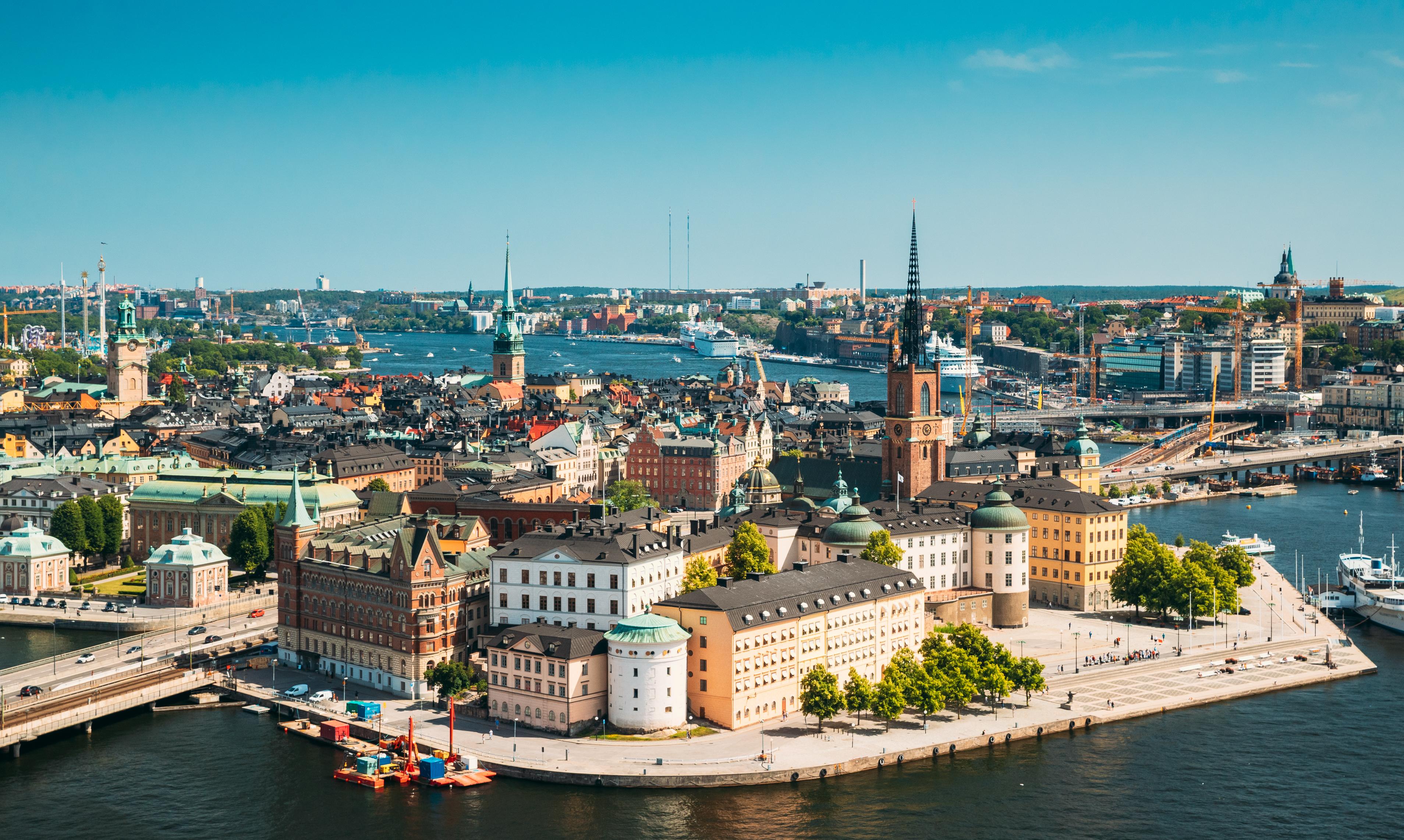
Stockholm is a leader in sustainability, with a commitment to reducing carbon emissions and promoting green living. The city's ambitious climate action plan aims to achieve carbon neutrality by 2040, with initiatives to promote renewable energy and energy-efficient buildings. Stockholm's extensive public transportation system reduces reliance on cars, while its investment in cycling infrastructure encourages sustainable transportation. The city's focus on innovation extends to its thriving tech ecosystem, with startups and entrepreneurs contributing to its vibrant economy. As a model for sustainable urban living, Stockholm demonstrates that a commitment to the environment can coexist with a dynamic and thriving city.
13. Copenhagen: The Carbon-Neutral City
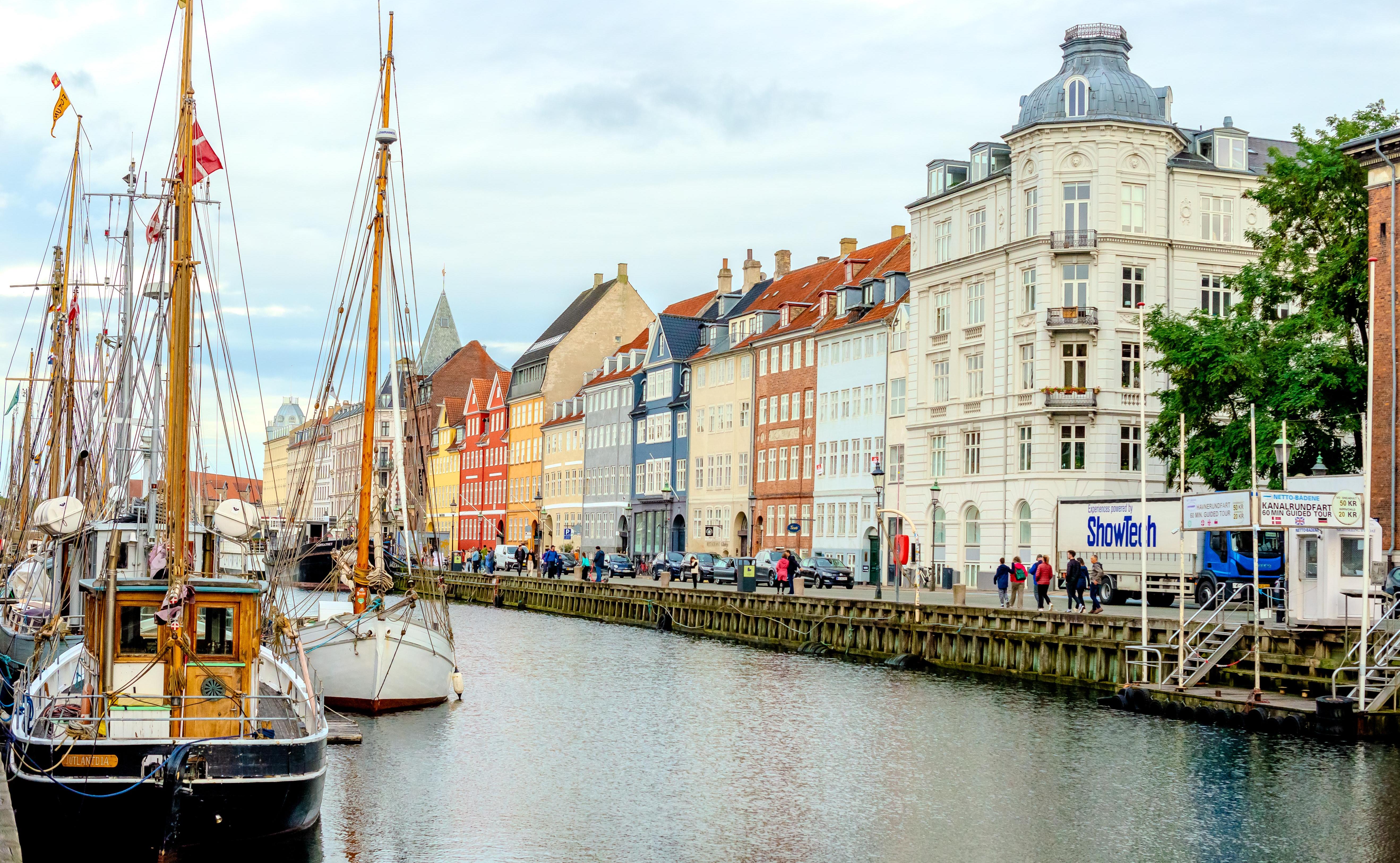
Copenhagen is at the forefront of the global push towards carbon neutrality, with a commitment to becoming the world's first carbon-neutral capital by 2025. The city's investment in renewable energy, such as wind and solar, is complemented by its focus on sustainable transportation, with extensive cycling infrastructure and a reliable public transit system. Copenhagen's commitment to sustainability extends to its urban design, with green roofs and energy-efficient buildings reducing energy consumption. The city's focus on innovation and technology ensures that residents have access to the tools and resources they need to live sustainably. As a leader in urban sustainability, Copenhagen is paving the way for cities around the world to follow.
14. Shenzhen: The Silicon Valley of Hardware
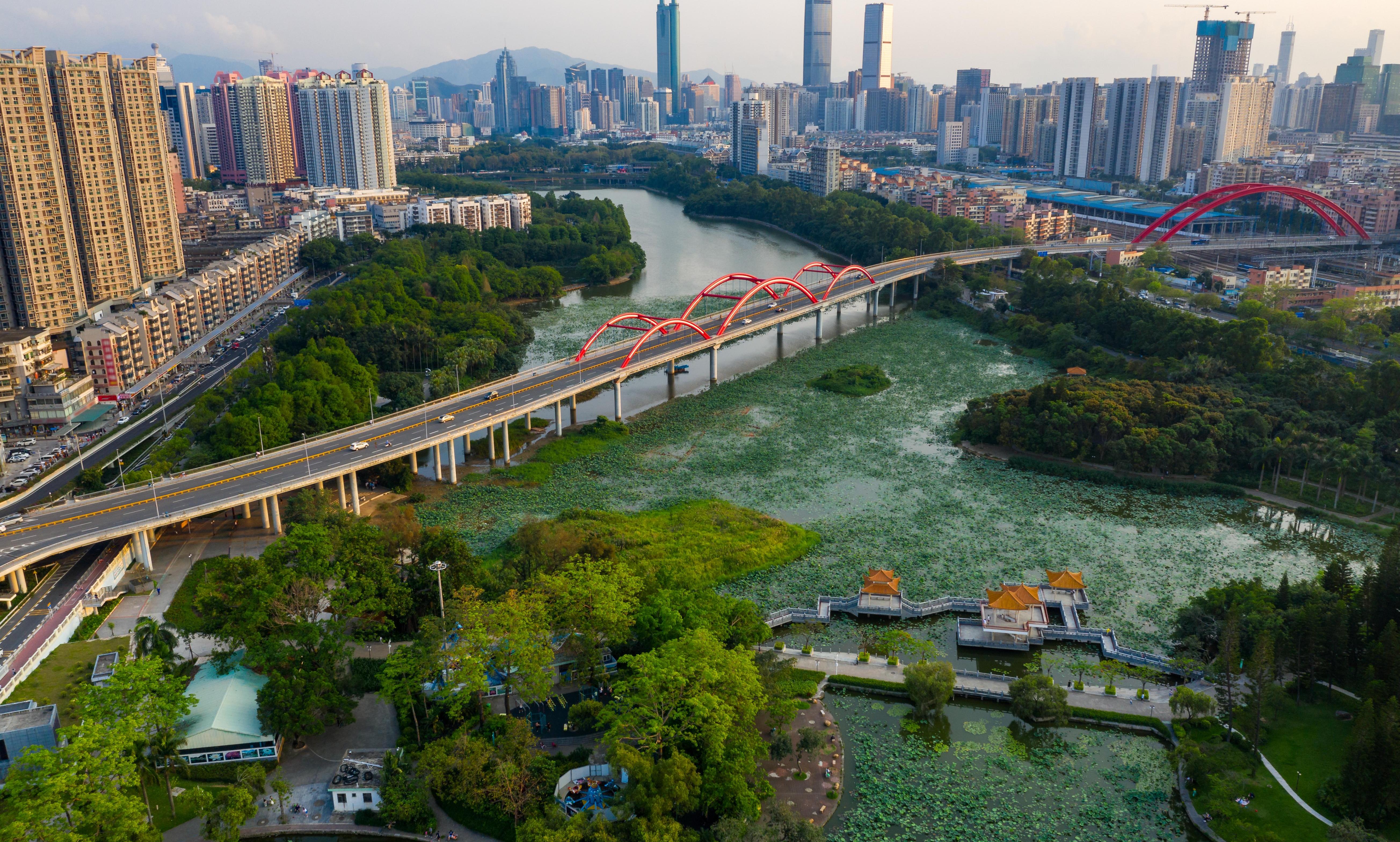
Shenzhen is often referred to as the "Silicon Valley of Hardware," with a thriving tech ecosystem that drives innovation and economic growth. The city's commitment to technology is evident in its investment in research and development, with numerous tech companies and startups calling Shenzhen home. The city's focus on sustainability is reflected in its ambitious climate action plan, aiming to reduce carbon emissions and promote renewable energy. Shenzhen's extensive public transportation system reduces reliance on cars, while its investment in cycling infrastructure encourages sustainable transportation. As a leader in tech innovation, Shenzhen is shaping the future of urban living.
15. Doha, Qatar – Where Futurism Meets Desert Luxury
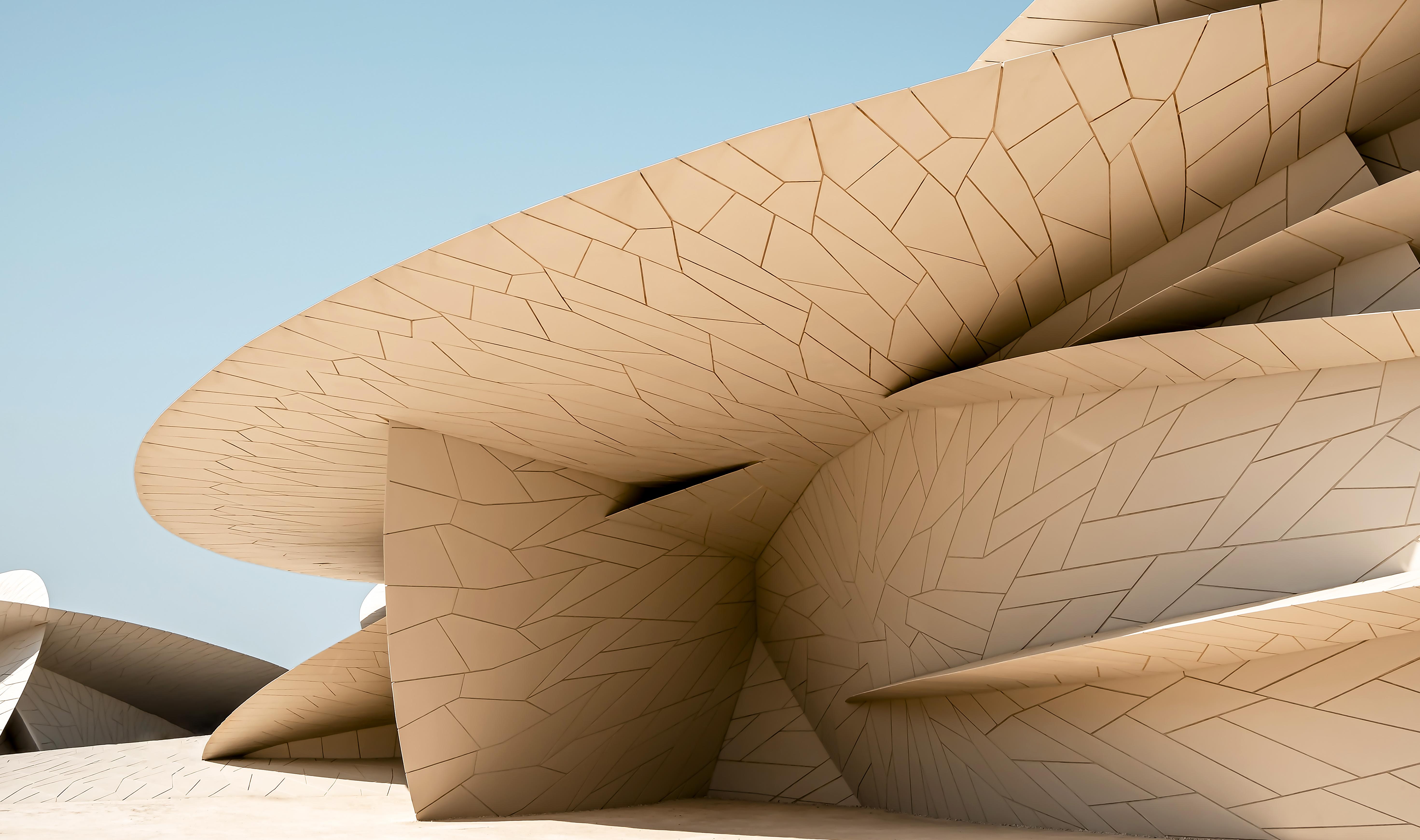
Doha is redefining what it means to be a futuristic city in the heart of the desert. This booming capital marries opulence with innovation, where avant-garde architecture meets high-efficiency smart infrastructure. Lusail City — a visionary urban development just north of Doha — is a prime example, featuring sensor-based traffic systems, autonomous light rail, and climate-responsive building materials designed for sustainability in extreme heat. Even the World Cup stadiums push the envelope, including arenas with modular designs that can be partially dismantled and reused. Beyond Lusail, Doha itself is a feast of futuristic design, with landmarks like the National Museum of Qatar resembling a spaceship made of sand dunes. The city is rapidly becoming a testbed for green energy, smart lighting, and data-driven planning — all while staying rooted in Qatari culture and hospitality. It’s a place where tomorrow’s ideas are already part of today’s skyline.
16. Kuala Lumpur, Malaysia – Vertical Innovation
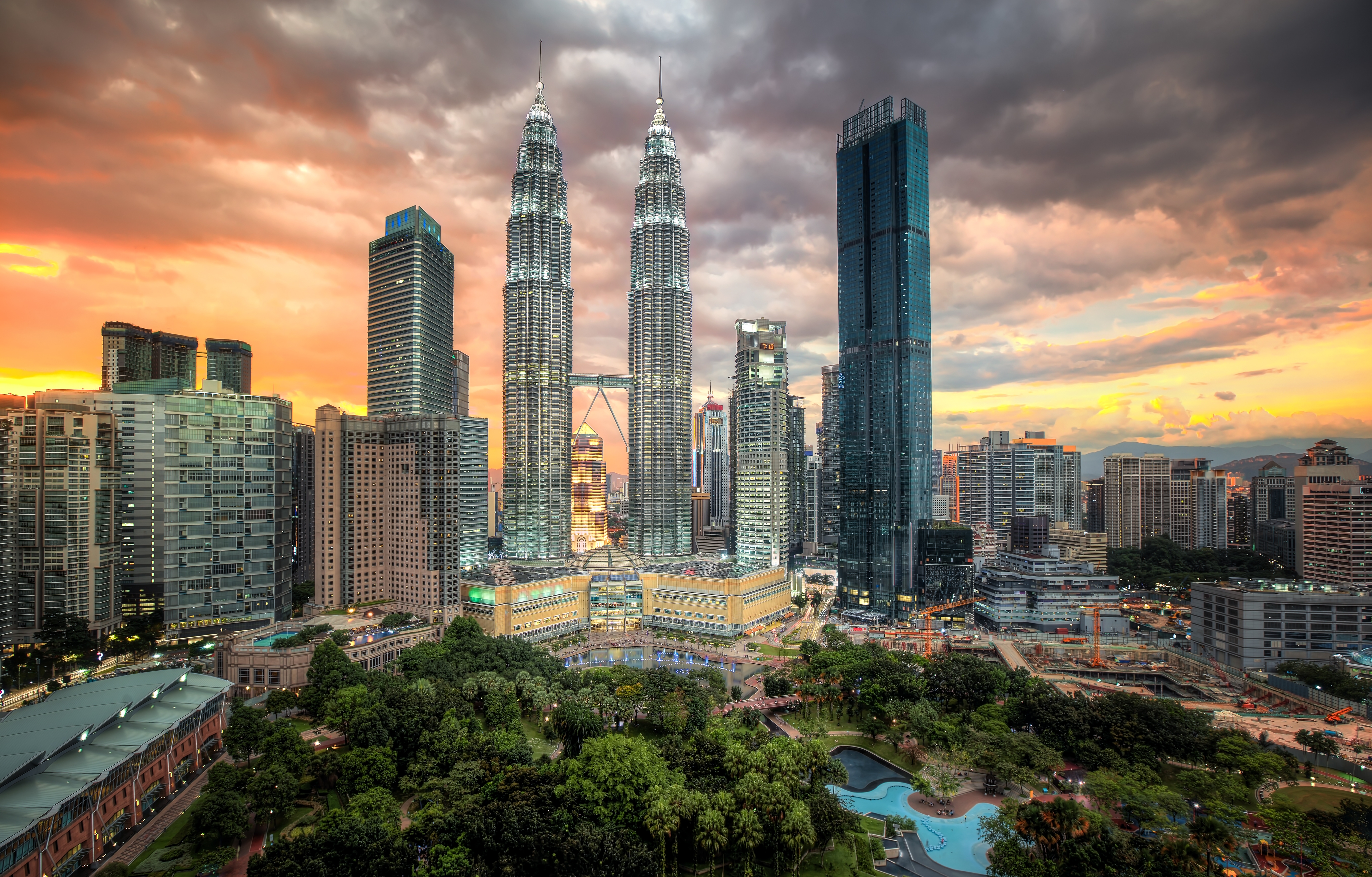
Kuala Lumpur, already a symbol of architectural ambition with its world-famous Petronas Towers, is climbing even higher — literally and technologically. Merdeka 118 now dominates the skyline, making KL home to the second-tallest building on Earth. But the city’s futuristic appeal goes beyond height — it’s a vertical ecosystem. Urban greenery spills from rooftop gardens and vertical forests, while elevated walkways link high-tech hubs like Bangsar South to eco-conscious developments in the city center. Kuala Lumpur is also actively deploying “smart zones” with integrated public Wi-Fi, smart traffic systems, and digital governance kiosks that make city life frictionless. Even transit is getting an upgrade, with plans for an AI-integrated MRT expansion and driverless electric buses. KL blends high-density living with digital sophistication, offering an immersive experience that’s both high-tech and deeply human-centric.
17. Osaka, Japan – Tech in Motion
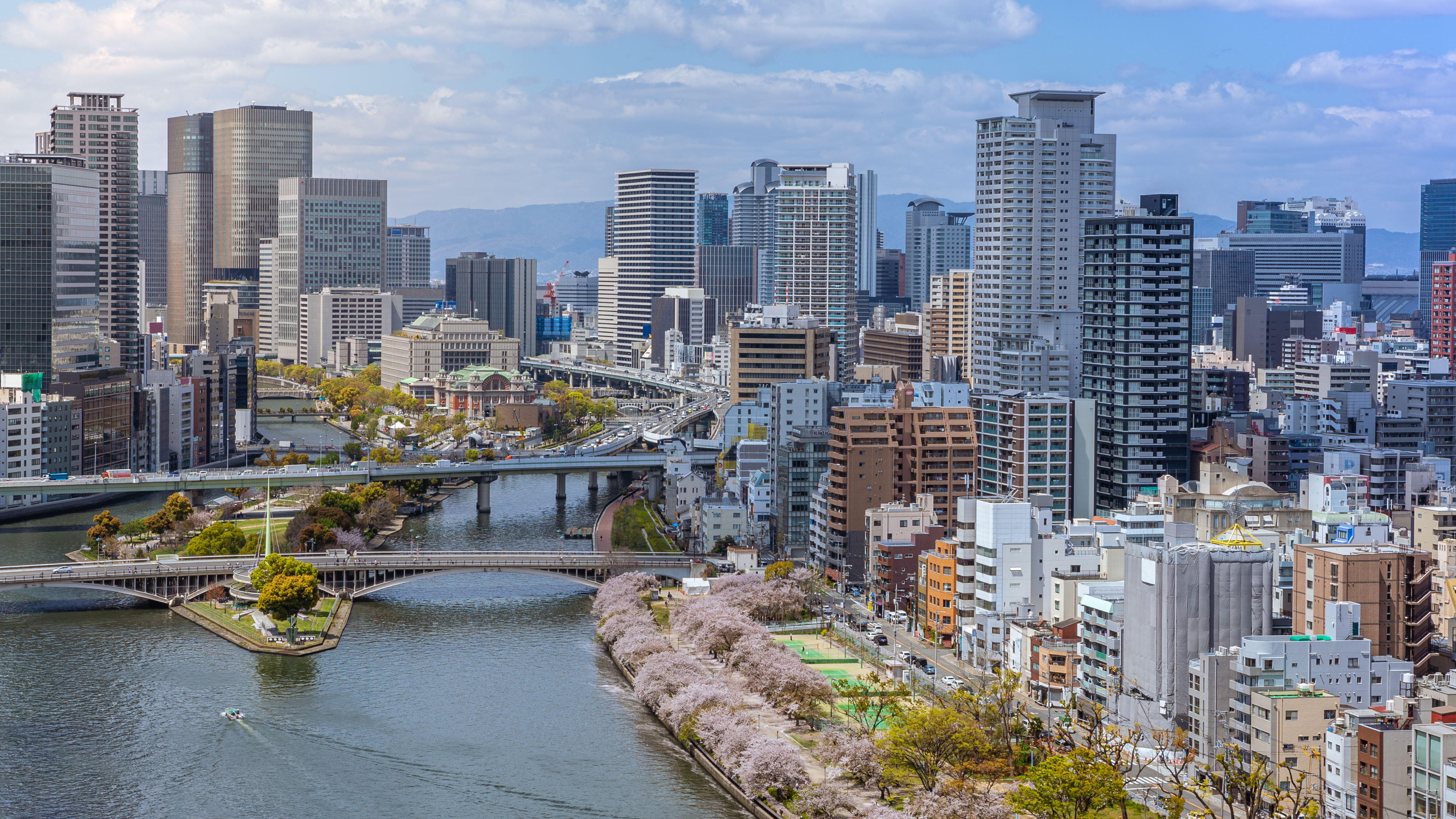
Osaka is rapidly emerging as one of Japan’s boldest tech-forward cities — a living showcase for what urban life could soon look like across the globe. Set to host Expo 2025, the city is already deep into developing autonomous vehicles, robotic infrastructure, and AI-powered logistics that will drive the event. Smart islands like Yumeshima are being constructed with digital twins (virtual replicas) to help simulate urban scenarios and optimize layout before they’re built. Meanwhile, Osaka’s innovation hubs — including the Kansai Innovation Center — are pioneering work in hydrogen energy, smart healthcare, and environmental AI systems. Public transit is also seeing upgrades, with real-time facial recognition ticketing and predictive maintenance systems. Whether it’s drone taxis, hydrogen buses, or floating architecture prototypes, Osaka is a dynamic city that feels like a testbed for the future — and you’re invited to ride along.
18. Tallinn, Estonia – The E-City

Tallinn isn’t flashy — it’s functional in the most futuristic way. Known globally as the birthplace of e-residency and digital governance, Estonia’s capital is a seamless digital ecosystem where bureaucracy barely exists. Citizens can vote, pay taxes, manage prescriptions, and start businesses online from anywhere in the world — all with secure blockchain-based systems. But Tallinn’s evolution doesn’t stop with e-governance. The city is investing in autonomous public transit, AI-enhanced urban planning tools, and a growing network of public services powered by cloud infrastructure. And while the digital experience is cutting-edge, Tallinn still charms with its medieval Old Town, making it a rare city where 13th-century buildings coexist with Wi-Fi-connected benches and 5G-powered smart poles. It’s the kind of place where the future is quietly efficient, deeply practical, and astonishingly accessible — a model that many cities are now racing to follow.
19. Sydney, Australia – The Future of Liveable Cities
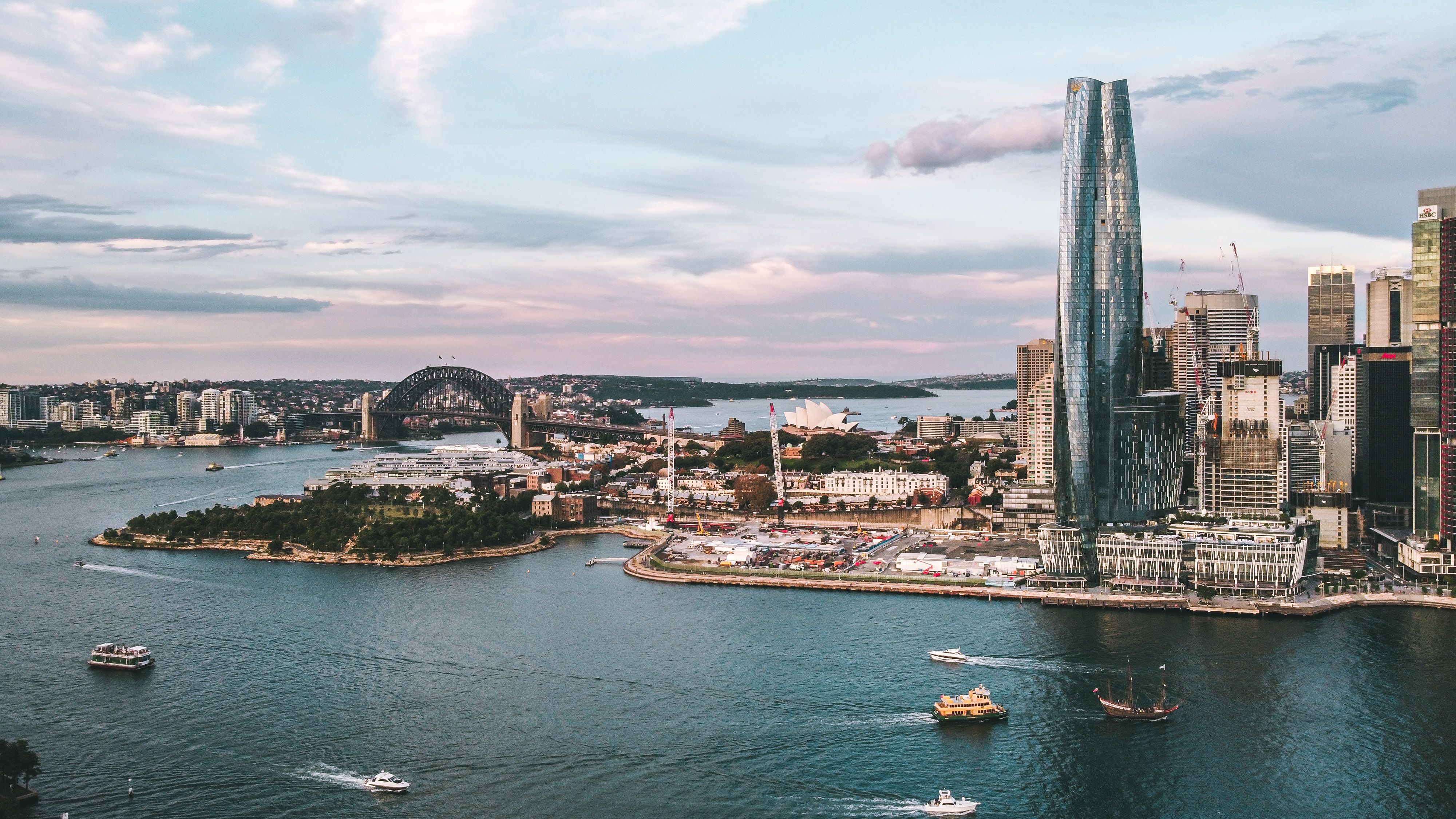
Sydney blends visionary urban planning with one of the world’s most stunning natural settings, creating a cityscape that feels both futuristic and deeply grounded. Barangaroo, the city’s flagship smart precinct, is a carbon-neutral marvel — an entire waterfront neighborhood run on renewable energy, rainwater harvesting, and AI-controlled environmental systems. Below ground, robots handle logistics and waste removal, while above, green rooftops and sensor-equipped buildings adjust lighting and airflow automatically. Sydney is also rolling out a fully automated Metro system that connects suburbs in record time with driverless, AI-managed trains. Its commitment to sustainability is equally strong in public policy, with smart grids, EV infrastructure, and “urban cooling” initiatives reshaping how residents interact with their environment. As cities struggle to balance livability and innovation, Sydney is offering a masterclass in how to do both — and make it look effortless.
20. Kigali, Rwanda – Africa’s Digital Pioneer
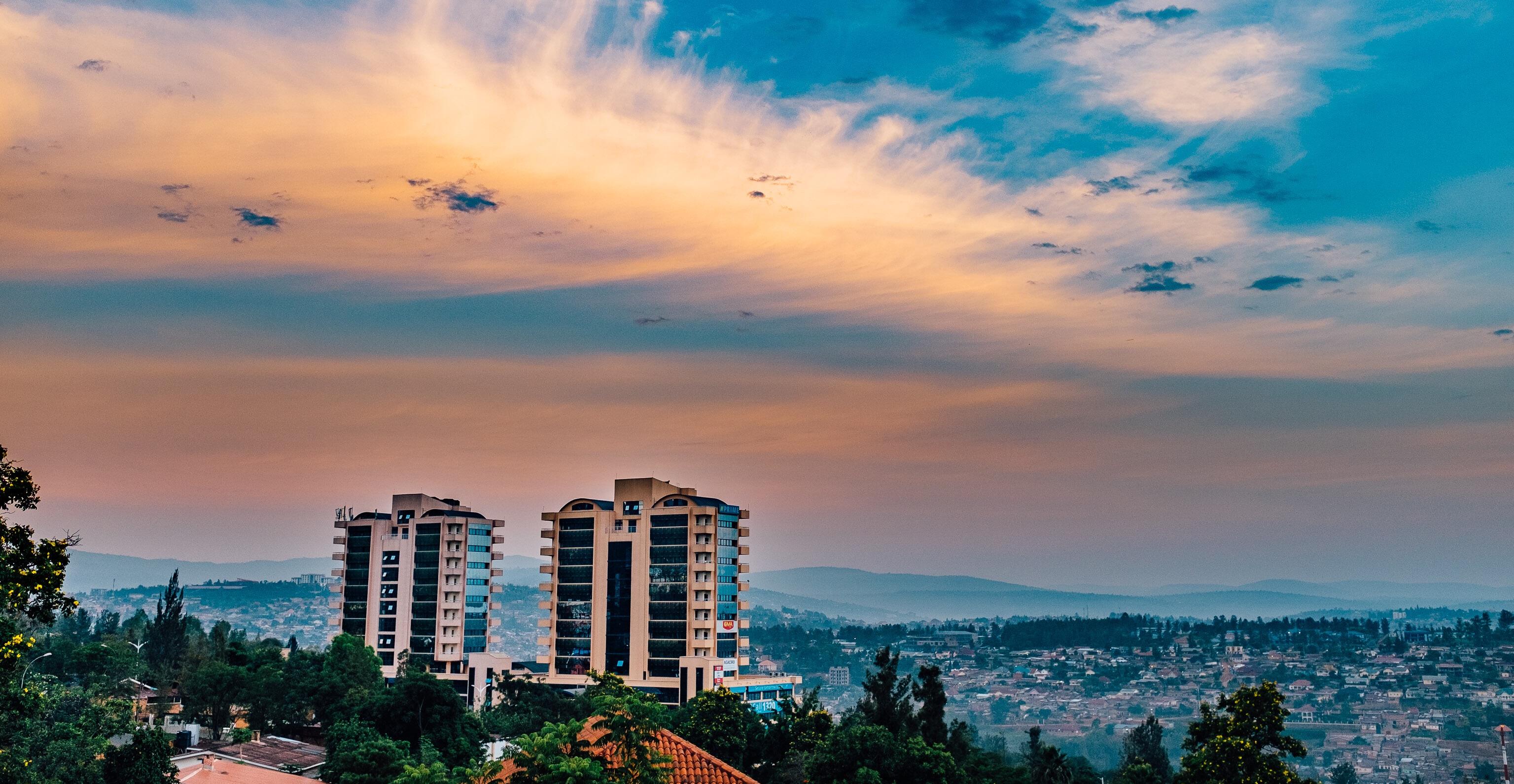
Kigali is redefining what it means to be a modern African capital. Renowned for its exceptional cleanliness, safety, and order, the Rwandan capital is now making waves globally for its tech-forward trajectory. At the heart of its transformation is a deep investment in digital infrastructure — think cashless public transit, city-wide fiber-optic networks, and a booming startup ecosystem supported by innovation hubs like kLab. Kigali is also leading the charge in drone delivery, with Zipline operating the world’s most advanced drone medical logistics network, transporting blood and medicine to rural areas in record time. Sustainable architecture is rising across the city, with eco-friendly housing and solar-powered developments becoming the norm. Smart traffic systems and AI-assisted urban planning tools are helping manage growth with precision. Kigali isn’t just catching up to the world — it’s leaping ahead, setting an example of what inclusive, African-led innovation looks like in real time.
21. Oslo, Norway – Electrified Urban Living
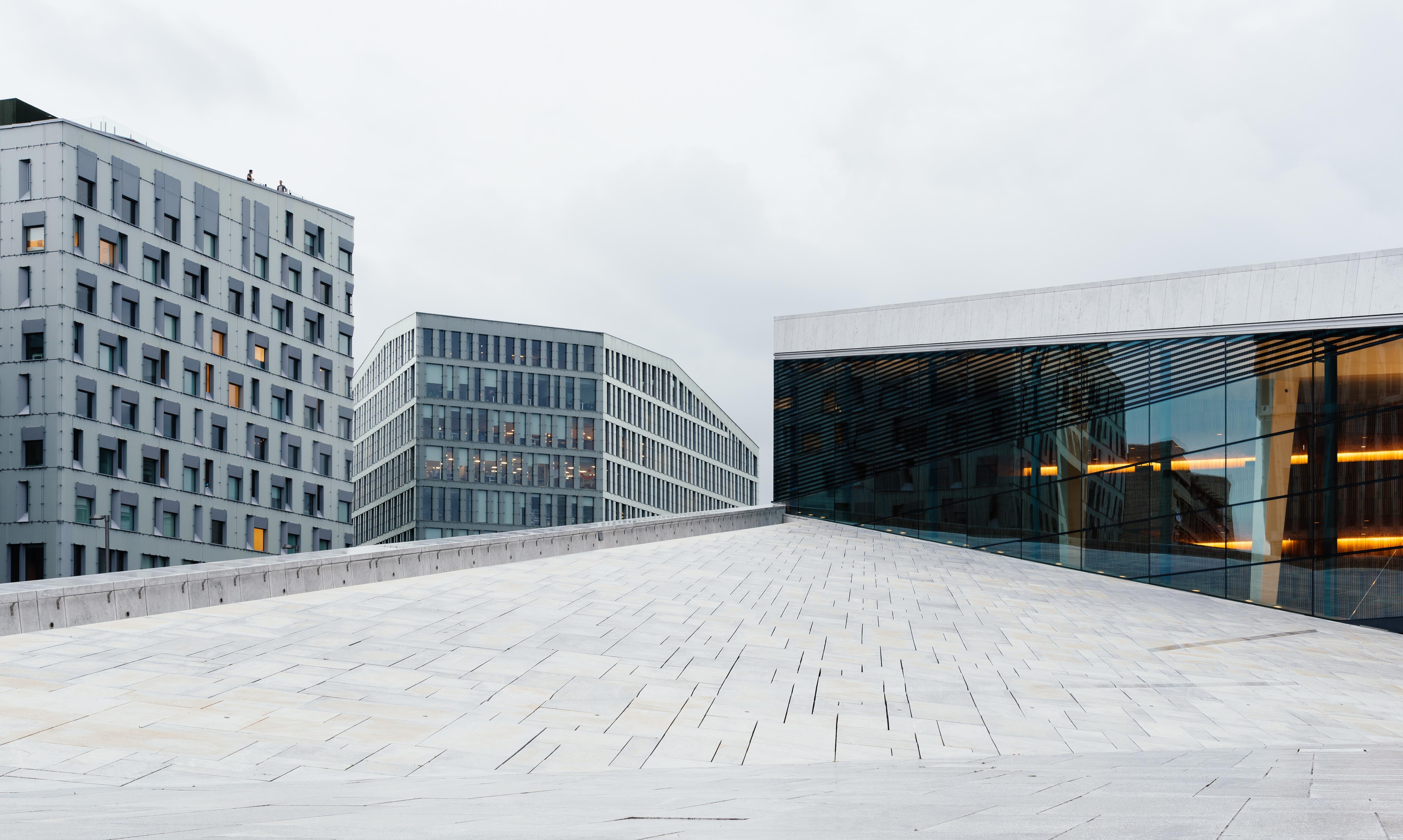
Oslo feels like a city tuned for the future — where clean air, smart infrastructure, and sleek Scandinavian design converge. The Norwegian capital is one of the world’s greenest cities, with over 80% of new cars sold being electric and entire districts transitioning to car-free zones. Oslo’s city center is optimized for cyclists, pedestrians, and EVs, with wireless charging roads and real-time traffic monitoring. The transformation is both environmental and aesthetic: the Barcode Project, a stunning row of geometric high-rises along the waterfront, looks like it was pulled straight from a futuristic design manual. Meanwhile, the fjordfront has been reimagined as a network of urban beaches, floating saunas, and modern public spaces that blend nature and tech. From smart waste management to AI-controlled lighting systems, Oslo proves that sustainability doesn’t have to feel restrictive — it can look (and feel) like a utopian sci-fi dream.
22. Taipei, Taiwan – Quietly High-Tech
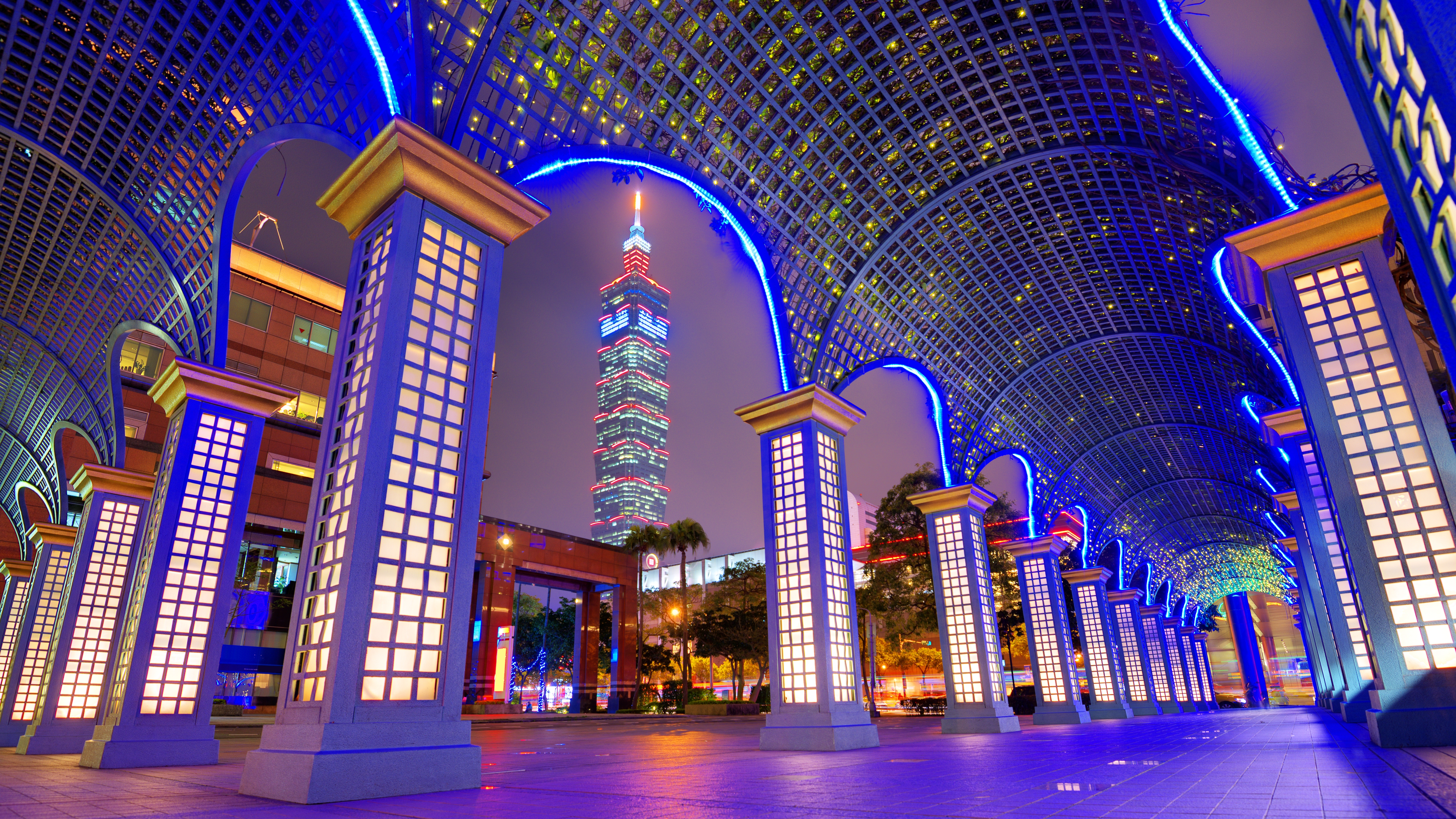
Taipei doesn’t scream “futuristic” — it whispers it, everywhere. This city is a masterclass in understated innovation. The entire metro area enjoys free public Wi-Fi, and its Mass Rapid Transit (MRT) system is not only lightning-fast and spotless but also deeply integrated with the city's digital infrastructure. In neighborhoods like Xinyi, glass-and-steel skyscrapers double as eco-buildings, and lush green walls help cool the urban microclimate. Taipei’s city management is powered by IoT — garbage trucks send data to optimize pickup times, streetlights dim or brighten based on pedestrian activity, and water usage is tracked for sustainability. The city’s commitment to open data also fosters tech entrepreneurship, allowing developers to build tools that improve urban life. While other cities make headlines for flashier projects, Taipei is a quietly efficient engine of innovation — a future-forward metropolis with soul, structure, and seamless digital living.
23. Seoul, South Korea – Immersive Digital Living
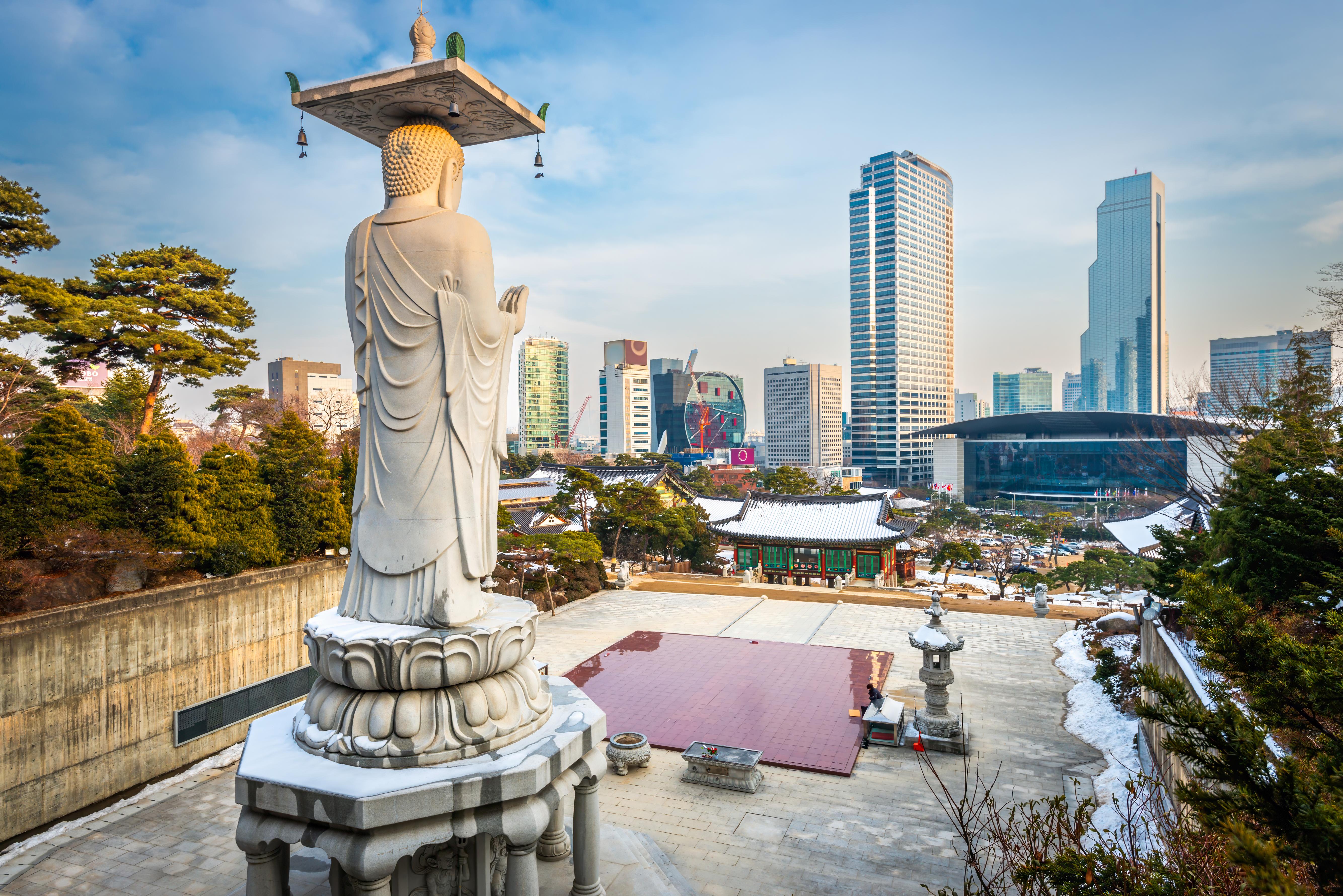
Seoul doesn’t just embrace technology — it immerses you in it. Walking through the streets of Gangnam, you're met with towering 3D billboards that interact with passersby, blending digital art with urban life. But the tech isn’t just skin-deep. Seoul is pioneering “Metaverse Seoul,” a virtual municipal platform that lets residents attend city meetings, tour real estate, and access services in a fully immersive digital space. On the ground, smart poles are everywhere — multi-functional urban devices offering 5G Wi-Fi, EV charging, traffic data, emergency buttons, and environmental sensors, all wrapped in sleek design. The city’s public spaces also come alive with interactive AR installations and sensor-powered infrastructure. Seoul’s transit system is automated and ultra-efficient, and its commitment to smart living extends to healthcare, education, and governance. The result is a city that feels alive with possibility — where the boundaries between physical and digital blur in the best way.
24. Riyadh, Saudi Arabia – A Capital in Hyper-Transformation
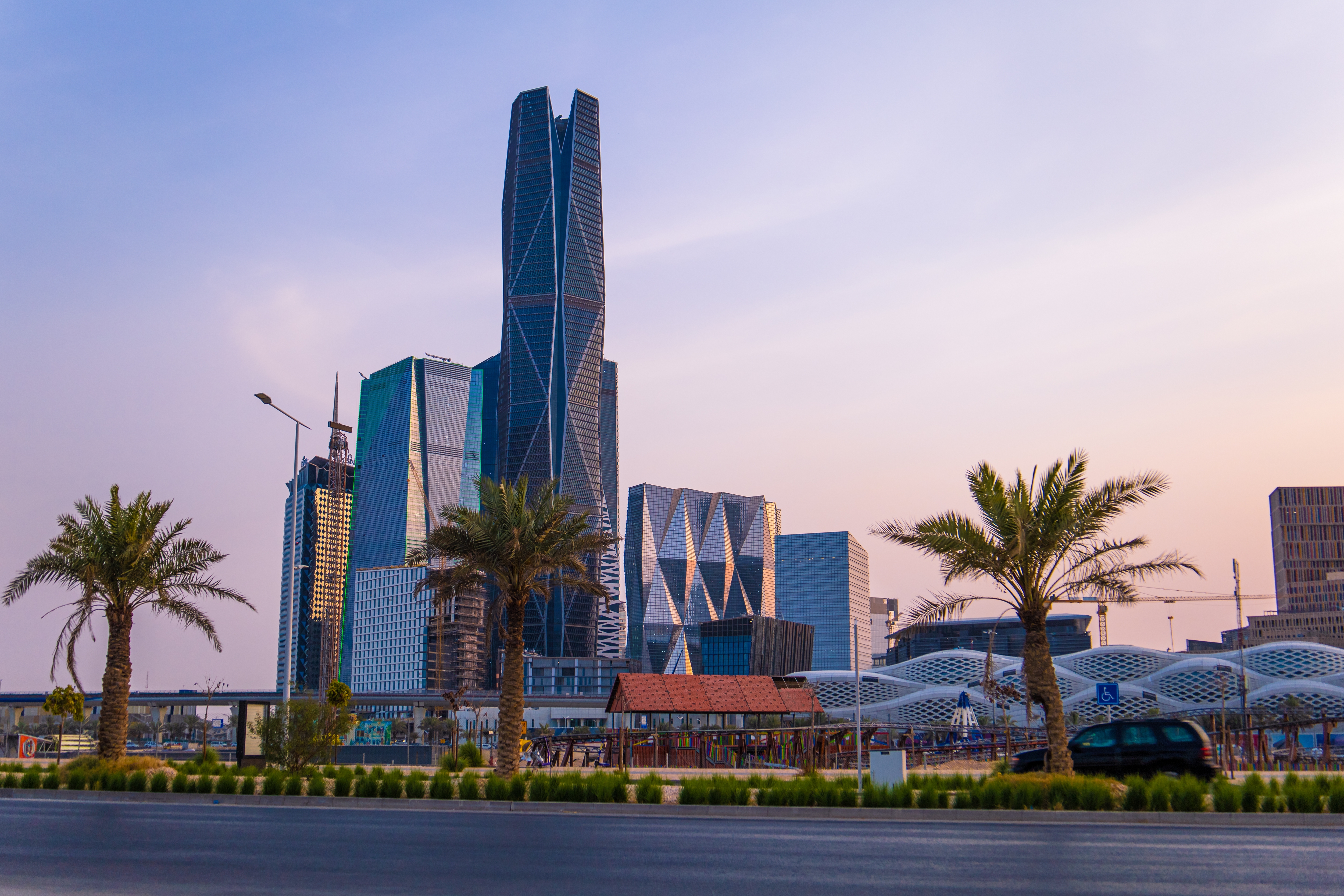
Riyadh is evolving faster than almost any capital in the world — and it’s not just NEOM or The Line that are transforming Saudi Arabia’s image. The city itself is being remade into a future-facing metropolis fueled by the bold ambitions of Vision 2030. At its heart is the King Abdullah Financial District (KAFD), a sprawling sci-fi-looking business zone filled with angular towers, skybridges, and AI-managed climate systems designed for desert sustainability. The Riyadh Metro — one of the world’s most advanced fully automated rail systems — will soon crisscross the city, connecting sprawling districts via driverless trains and app-based smart stations. Traffic lights are being optimized by AI to reduce congestion, while facial recognition technology is already being integrated into public spaces for streamlined security. Riyadh is also going green, with 7 million trees being planted as part of its massive greening initiative. The transformation is bold, rapid, and unapologetically futuristic — reshaping how the Middle East envisions urban living.
A Collective Vision for the Future
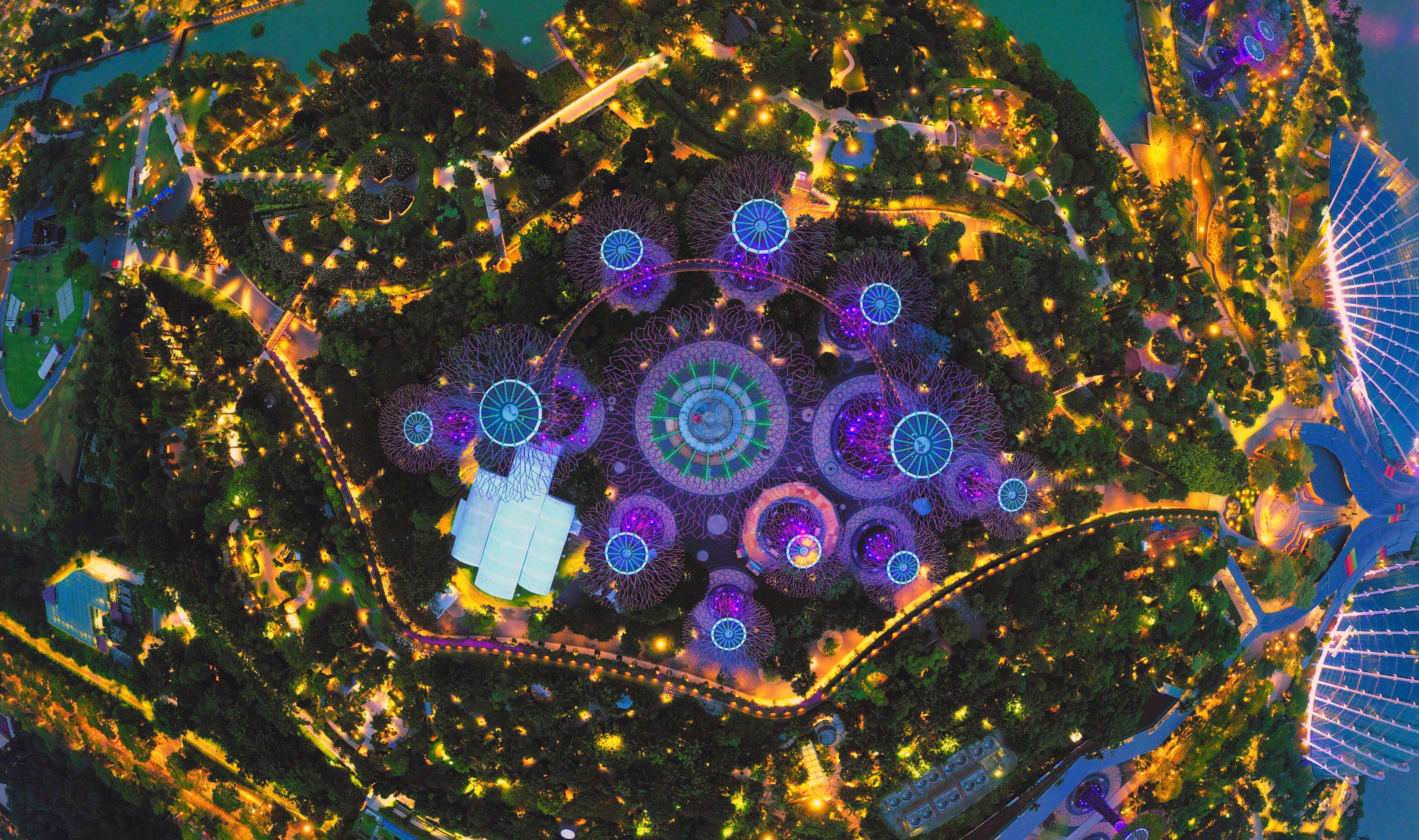
As we explore these 24 cities, it becomes clear that the future of urban living is being shaped by a collective vision of sustainability, innovation, and technology. Each city offers unique insights into how we can create more livable and sustainable urban environments, from harnessing renewable energy to promoting green transportation. As we step into tomorrow, these cities serve as beacons of hope and inspiration, demonstrating that a commitment to the environment and technology can coexist with urban growth. The journey to 2050 is one of collaboration and innovation, and these cities are leading the way into a brighter, more sustainable future.








